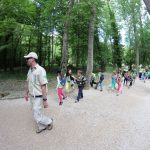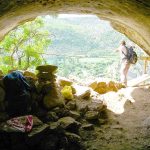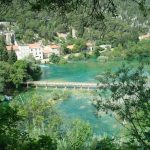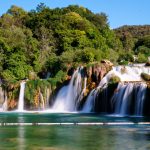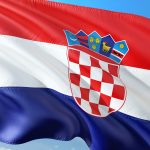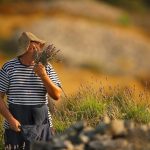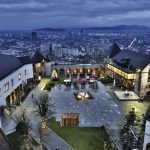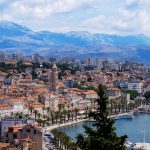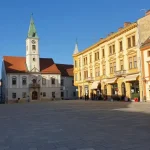Continuing our series on Krka National Park, a look to the plant and animal life thriving around the river Krka on March 22, 2018
We’ve presented numerous natural and man-made attractions in Krka National park so far, but we haven’t yet taken a look at one particular facet of this exceptional part of Croatia. Admiration for Krka’s waterfalls and historical heritage is a given, but the area’s residents often go overlooked – and to right that wrong, we’ll introduce you to Krka’s incredible flora and fauna.
The outstanding diversity of Krka’s plant life is owed to the area’s geographic position: the river Krka is situated in a transition zone between two distinctive vegetation belts, the evergreen Mediterranean and the deciduous sub-Mediterranean. The area of the National Park also includes various habitat types, such as travertine barriers, aquatic habitats with flowing and still waters, cliffs, rocky terrain and anthropogenic habitats, all of them providing a home to diverse plant species. Even though the natural forest vegetation has been considerably altered by human activity over time, Krka’s flora hasn’t been noticeably affected: 1022 species have been recorded thus far.
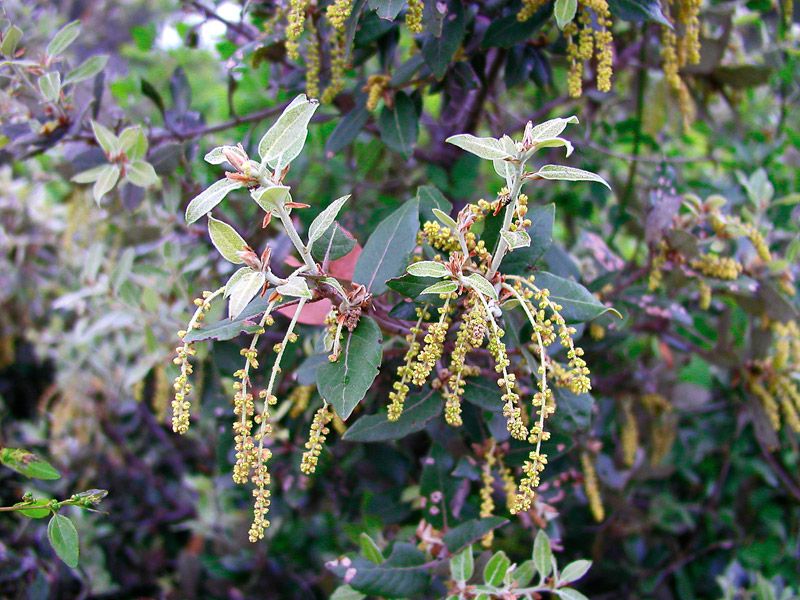
The river basin is dominated by white hornbeam forests and thickets, macchia, garrigues, grasslands, rocky pastures, weedy and ruderal communities, and planted conifer stands. Mediterranean and southern European plant species make up the largest part of Krka’s flora, but you’ll also find an abundance of central European, European and Eurasian plants, as well as American, subtropical and tropical species. The banks of rivers Krka and Čikola are home to primary vegetation types, such as canyon vegetation and the flora of the aquatic and wetland habitats.
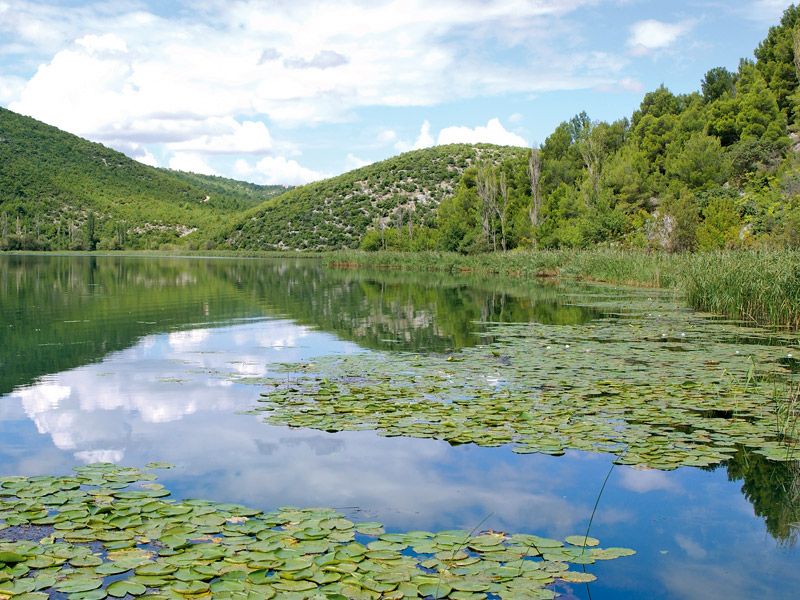
Even though the forests lining the river Krka don’t cover large areas of land, they do contribute to the overall visual impression of diversity, highlighting contrasts between the rough karst, the river and the sea. There are three prevailing forest communities: holm oak and flowering ash, covering the steep sunny slopes; mixed forests of downy oak and white hornbeam; and finally, black hornbeam forests that are commonly found on slopes located in shade. The area around Skradinski Buk waterfall was planted with Aleppo pine and black pine in the early 20th century, and you’ll find floodplain forests and thickets near Roški Slap.
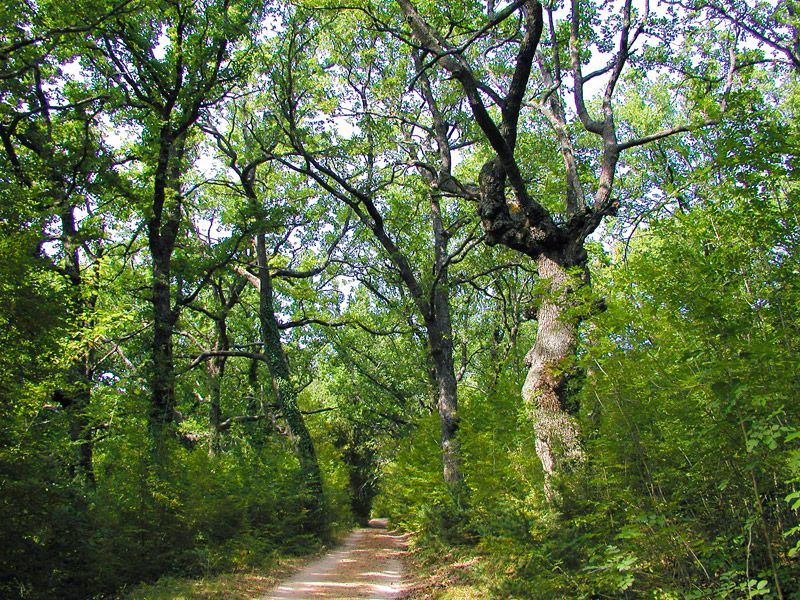
Krka’s fauna is equally magnificent, counting many endemic and rare species, placing the river Krka among the most valuable natural entities in Croatia and Europe as a whole. For example, the underground world is inhabited by several endemic animals such as olm – the largest subterranean animal of the Dinaric karst, usually measuring some 25-30 centimetres in length. This peculiar creature is also the only vertebrate adapted to subterranean life, and it seems to like it there; as the underground waters aren’t inhabited with any predators, olm can easily reach up to 70 years of age.
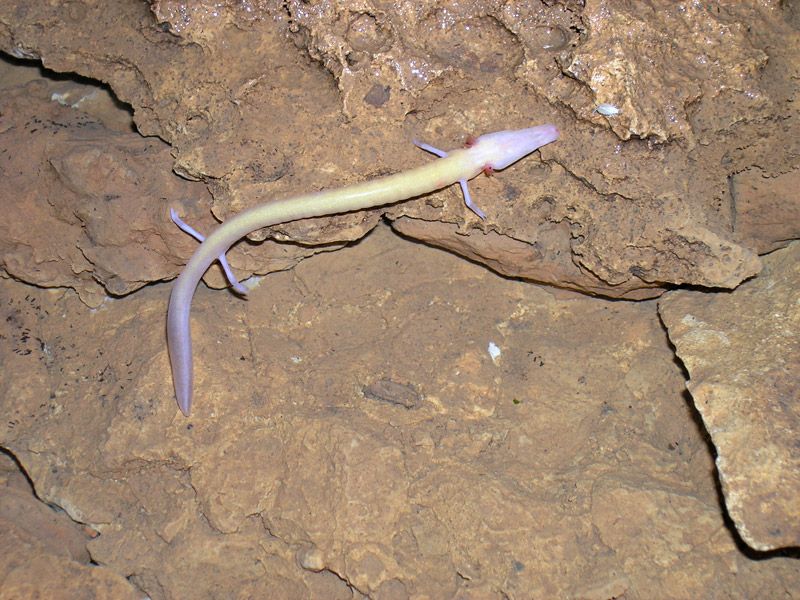
If you look up, you’re likely to notice some of the 211 bird species that inhabit Krka National Park. Skradinski Buk and the areas upstream and downstream house wetland species and the birds of the Aleppo pine forests; if you head to Roški Slap, there’s a good chance you’ll get to observe cliff and wetland species coexisting in a relatively small area. Out of the 211 species, 111 are considered threatened in Croatia, while 9 are endangered – including golden eagle and peregrine falcon.
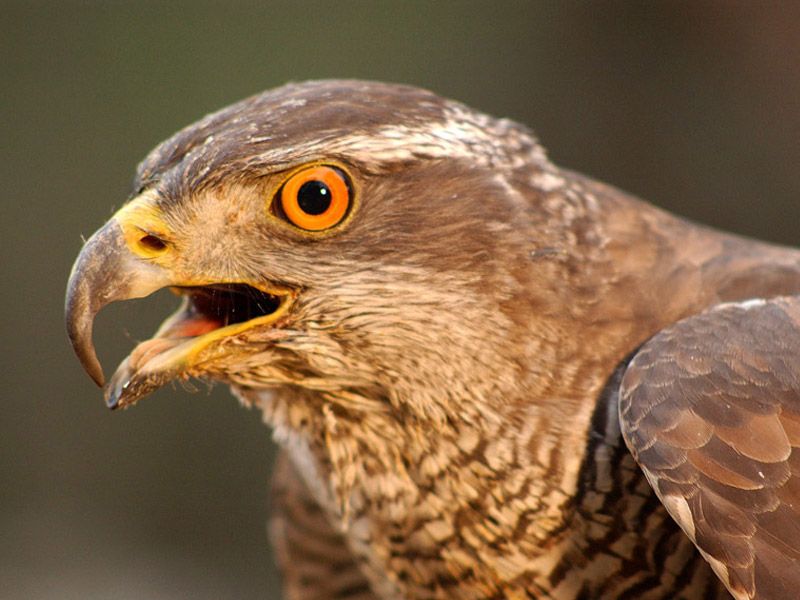
The National Park is also home to four members of the European endangered species list: wolf, otter, wildcat and greater horseshoe bat. You’re not likely to come across any of these treasured animals on your way around the park – they know better than to mingle with humans – but the sole fact those communities are thriving is enough reason for joy.
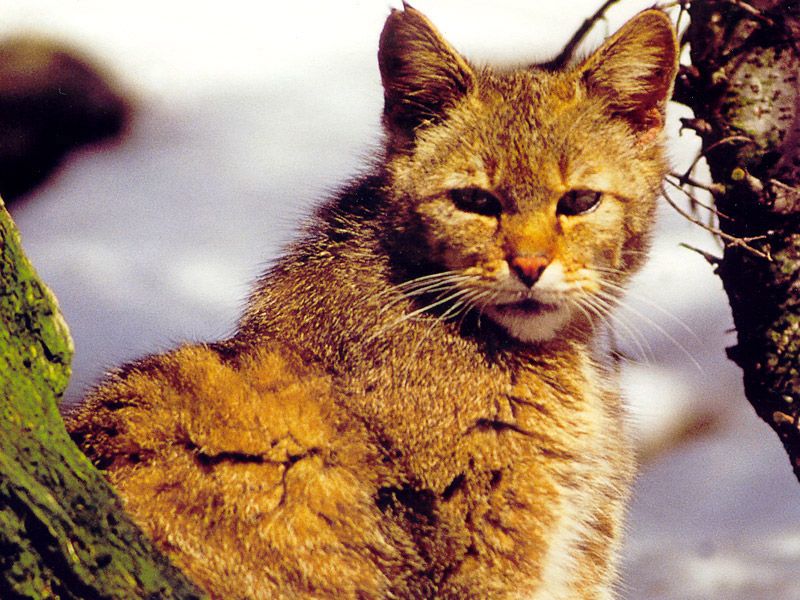
You can find more information on the exceptional plant and animal life of Krka National Park on their official website.
Photo credit: Krka National Park archives

